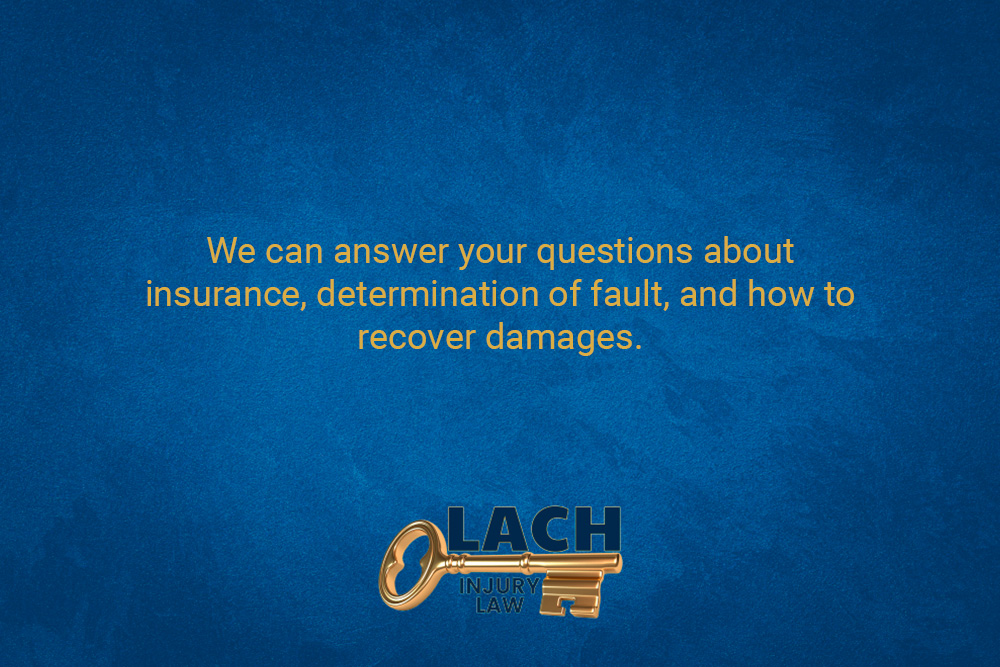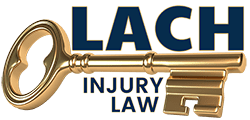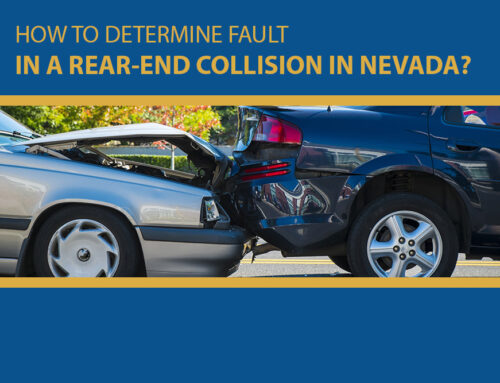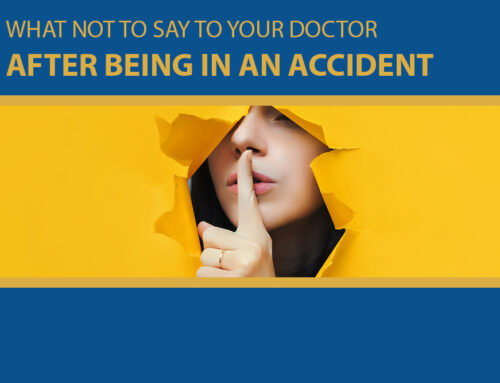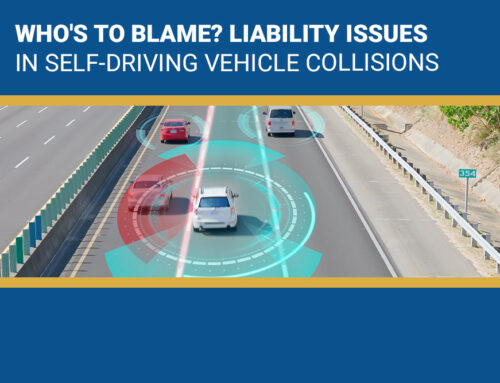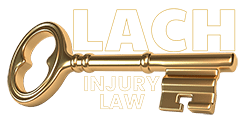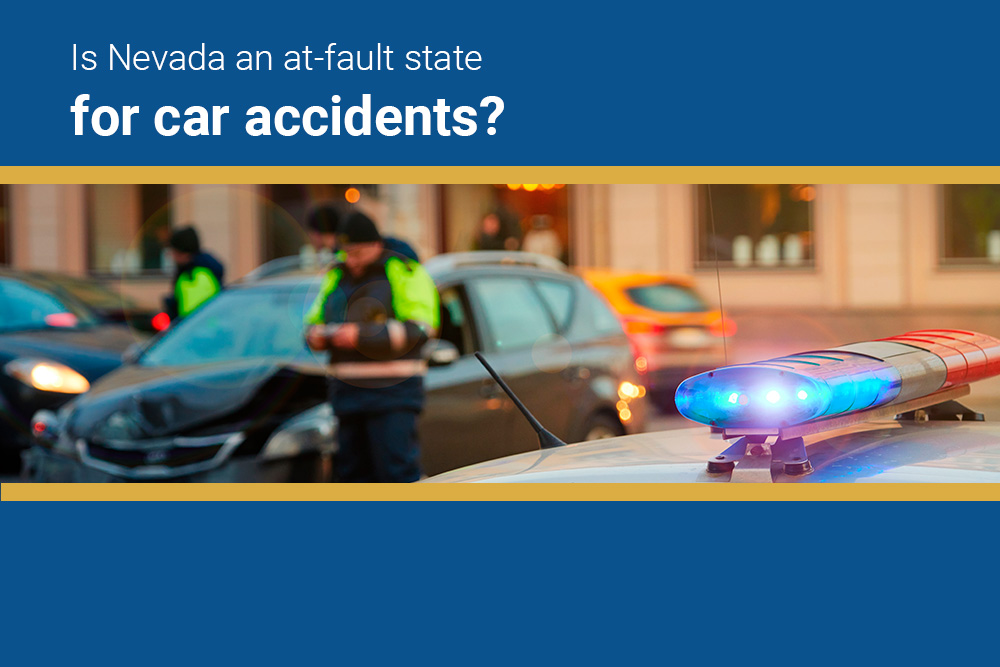
Yes. Nevada law operates under the premise that the driver who caused the accident bears financial responsibility for the damages caused to others. The philosophy behind this approach maintains that it encourages drivers to act appropriately. Although that point of view is open to debate, the fact remains that fault directs who pays for car accidents. For this reason, people often enlist Nevada personal injury attorneys to defend their interests because drivers and insurers may dispute who was at fault.
How Does Car Insurance Work in an At-Fault State?
State law imposes minimum insurance requirements on drivers. You must have a policy with liability coverage to satisfy claims for injuries or property damage you caused.
Right now, minimum policy limits per accident are:
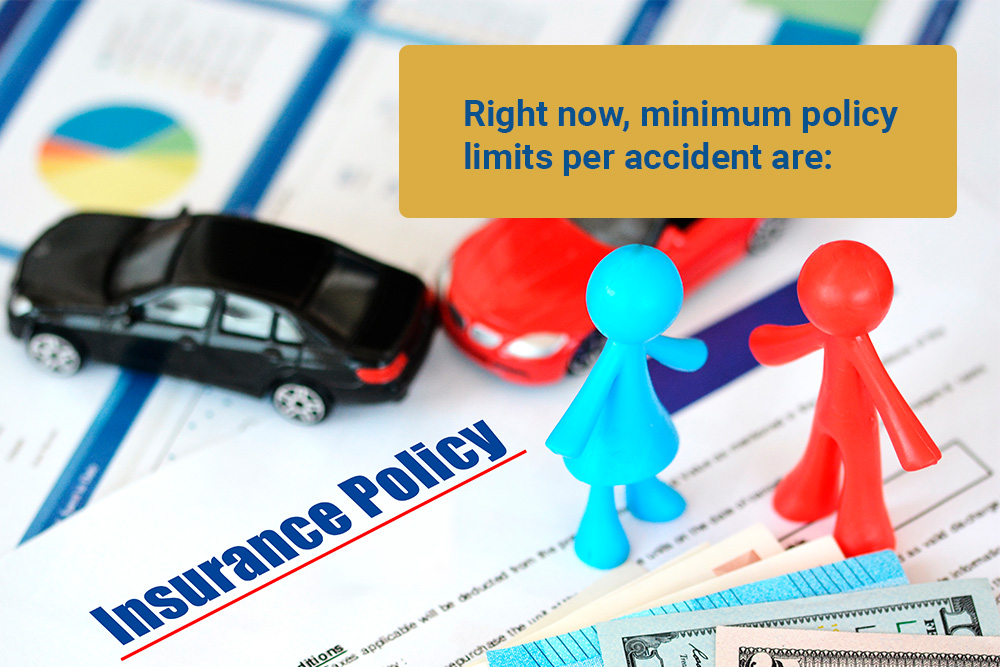
- $25,000 for bodily injury or death of one person
- $50,000 for bodily injury or death of two or more people
- $20,000 for property damage
Many people choose to protect themselves with higher coverage amounts because, if you cause a bad accident, that $25,000 could run out quickly. Then, you might have to pay the remainder out of pocket.
You would also be wise to include uninsured motorist (UM) coverage on your policy. This will be your source of compensation if the at-fault driver has no insurance or you are a hit-and-run accident victim. On top of UM, you can further protect yourself with coverage options like:
- Personal injury protection (PIP)
- Medical payments coverage
- Vehicle collision coverage
When an accident occurs, you exchange insurance information with others due to the likelihood of claiming the at-fault driver. At the moment, no one might know who will ultimately be declared responsible for the crash. Insurance information is one of the first things Nevada personal injury attorneys look at when advising clients. The policies tell them what money may be available and where to make a claim.
How Is Fault for a Car Accident Determined?
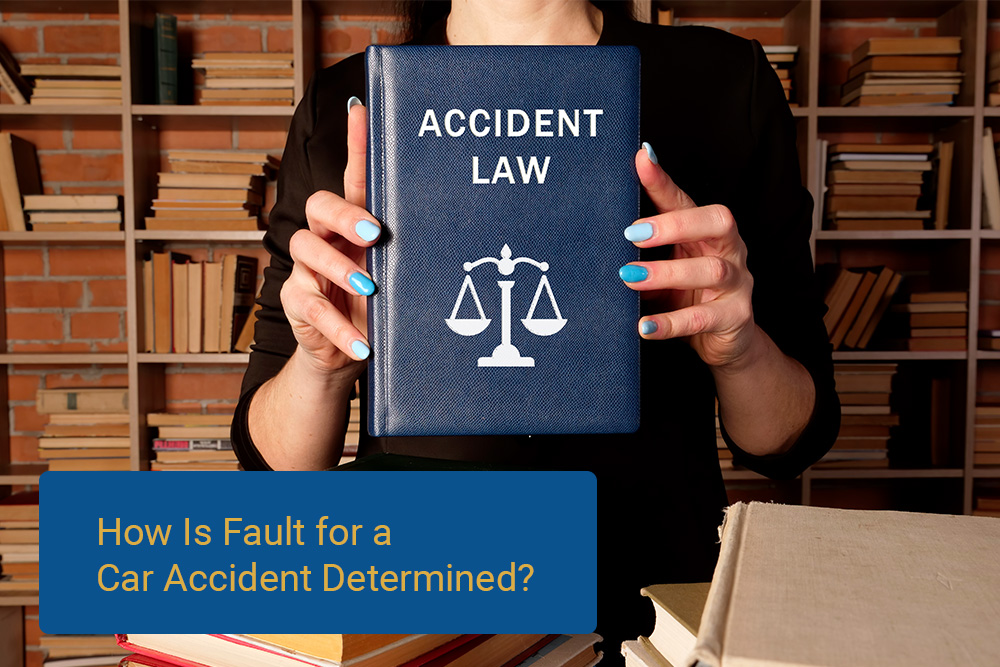
Evidence is king in an at-fault state, and everyone concerned looks to the facts to understand what went wrong. With fault being the primary question, collecting evidence at the accident scene becomes vitally important. You should take pictures of the vehicles and location and collect witness contact information.
Unfortunately, not every accident victim can leap into service as an amateur investigator moments after the crash. If you were severely hurt, paramedics would have stabilized and transported you to a hospital. In that situation, you may want a car accident lawyer in Nevada to track down information for you. Injury attorneys in Nevada typically have investigators they can call upon to look for surveillance footage, find witnesses, and take pictures.
Due to the chaos that can unfold in a car accident, what happened is not always clear. An insurance company hoping to avoid paying a significant settlement may dispute the evidence collected on behalf of an injured person. A lawyer may need to consult specialists about vehicle damage, the speed at the time of impact, or defective auto parts. Occasionally, a lawsuit is necessary, and the outcome is ultimately determined in court.
What Is Modified Comparative Negligence?
Cases arise when both drivers bear the blame for the collision. The state’s modified comparative negligence law applies when the fault is split. This means that if you are 25% at fault, compensation for damages will be reduced by 25%.
You have to be less at fault than the other party to demand payment for damages. As a result, modified comparative negligence law will prevent you from collecting compensation if you are more than 50% at fault.
Due to the legal ability to reduce compensation concerning the fault assigned to you, insurers are interested in shifting as much fault as possible. This is a tactic for reducing settlements, but a good injury lawyer in Nevada will push back against unreasonable accusations against you.
How Do Car Accident Victims Get Compensated?
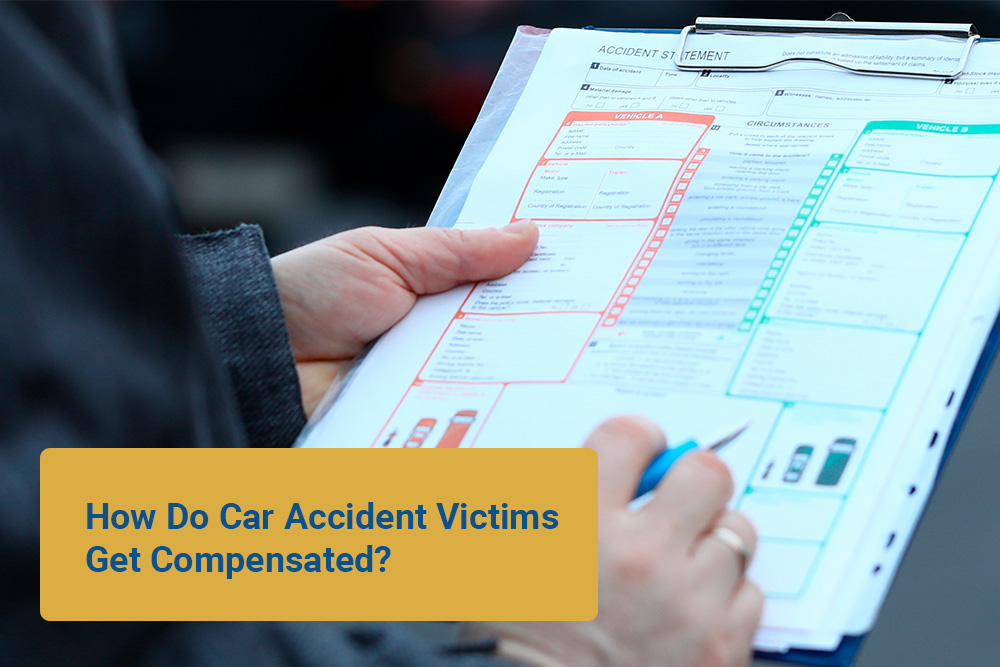
In an at-fault state, you will likely file a third-party claim against the responsible driver’s insurance policy. State law does not impose a minimum dollar amount of damages before you can seek compensation from a source other than your own insurance, as would be the case in a no-fault state.
Depending on the coverage available in your auto policy, you might choose to make a first-party claim on your own insurance. If your damages add up beyond your personal coverage, then you may also be able to file a third-party claim.
Should negotiations to settle an insurance claim fail to produce an acceptable outcome, your next step would be to file a personal injury lawsuit. Due to the statute of limitations, you and your Nevada injury lawyer must make this decision within two years of the accident.
Talk to a Nevada Injury Lawyer
Lach Injury Law solely represents victims of accidents, including all kinds of motor vehicle accidents. We can answer your questions about insurance, determination of fault, and how to recover damages. We always aim to secure the highest possible settlement for your car accident. Take advantage of a free consultation to learn more about your options.
